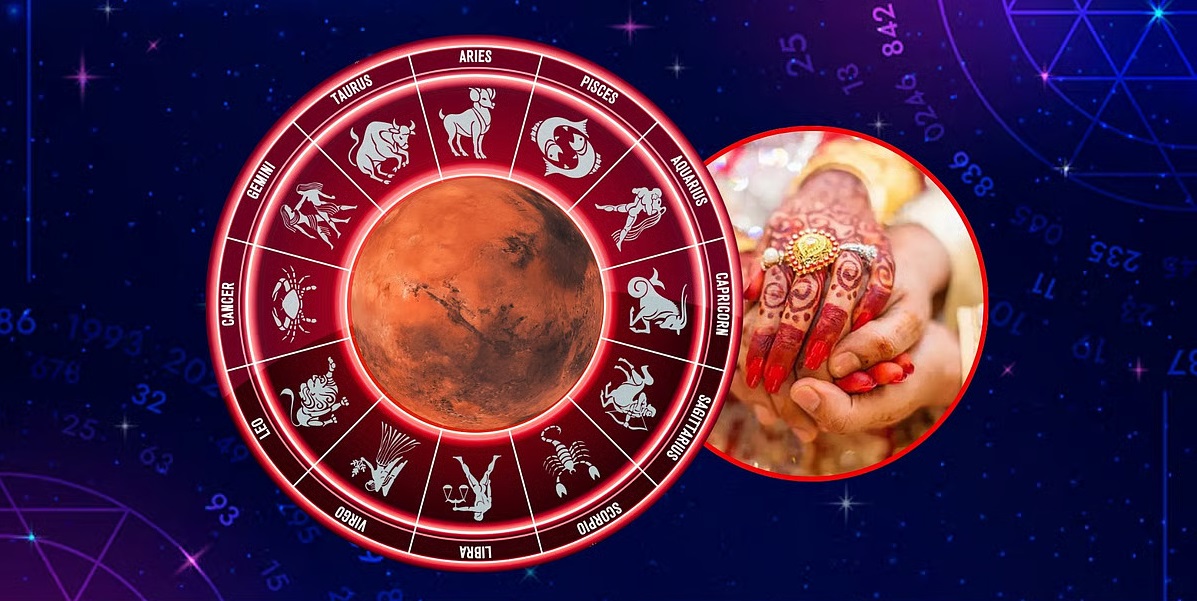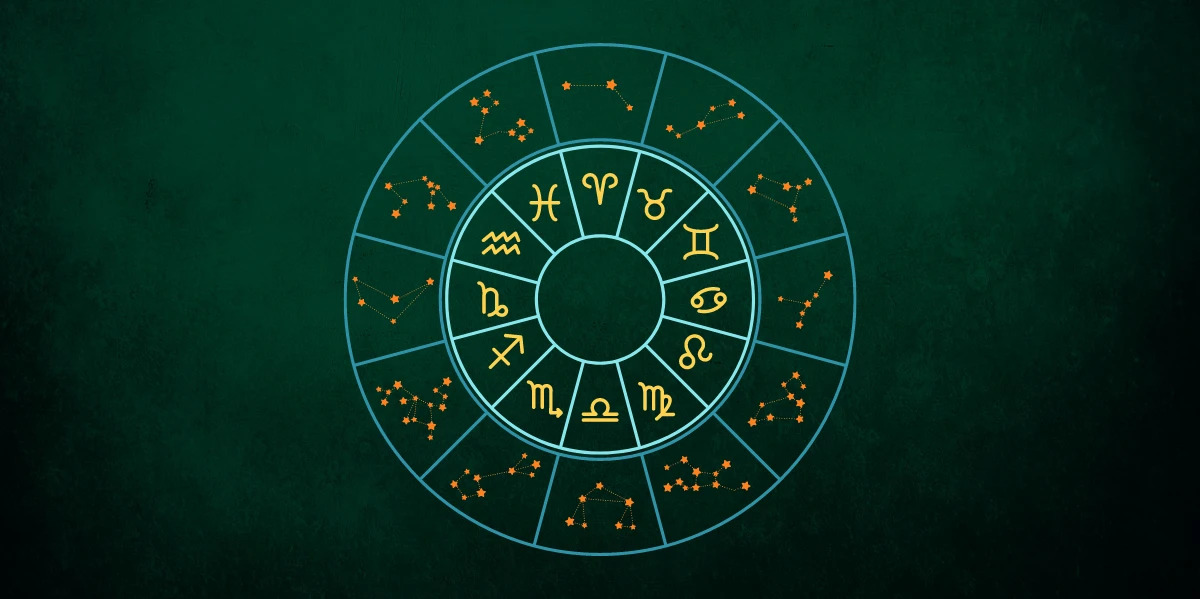In the world of modern software development, Git is like the air developers breathe—you don’t see it, but it’s essential.
Whether you’re a solo coder or part of a massive open-source team, Git helps you keep track of every change, collaborate seamlessly, and never lose your work.
If you’re new to Git and wondering what the buzz is about, this beginner-friendly guide will help you understand:
What is version control?
What is Git?
Why do developers use it?
Basic Git commands to get started
Let’s dive in.
🧾 What Is Version Control?
Version control is a system that helps you track changes in files over time. It allows you to:
Revert back to earlier versions of your code
Understand who changed what and when
Collaborate with others without overwriting work
Experiment with new features without breaking the main project
Think of it like Google Docs’ version history—but for code, and way more powerful.
🧰 What Is Git?
Git is the most popular version control system (VCS) in the world. It was created by Linus Torvalds (the creator of Linux) in 2005 to manage the Linux kernel.
Git is:
Distributed: Every developer has a full copy of the code and its history.
Fast and lightweight: Works smoothly even with large projects.
Secure: Uses checksums (SHA-1) to ensure file integrity.
Free and open source
🧠 Fun fact: Git is NOT GitHub. Git is the tool. GitHub is a platform that hosts Git repositories.
🧩 Why Use Git?
Whether you're a solo developer, student, or part of a team, Git offers many benefits:
1. Track Every Change
No more "final_version_v3_updated_NEW_FINAL_revised2.py" filenames. Git shows exactly what changed, when, and by whom.
2. Undo Mistakes Easily
Made a coding error? Want to roll back? Git lets you revert to a previous stable version.
3. Work in Branches
You can work on new features or fixes in branches without disturbing the main codebase.
4. Collaborate Seamlessly
Multiple developers can work on the same project at once, with Git handling merge conflicts.
5. Backup Your Work
Push your project to GitHub, GitLab, or Bitbucket, and you’ve got a secure remote backup.
🔄 How Git Works (Simplified)
Here’s a simple flow of how Git helps manage your code:
You create or modify files in a working directory.
You use git add to stage the files you want to track.
You run git commit to save a snapshot (called a commit).
You can push your commits to a remote repository (like GitHub) for collaboration or backup.
🛠️ Basic Git Commands You Should Know
🔹 git init
Initialise a new Git repository in your folder.
- git init
🔹 git status
Check what’s changed and what’s staged or unstaged.
- git status
🔹 git add
Stage a file (or multiple files) for committing.
- git add filename.txt
- git add .
🔹 git commit
Save the staged changes to your repo with a message.
- git commit -m "Add new feature"
🔹 git log
View the history of commits.
- git log
🔹 git branch
List or create branches.
- git branch # list all branches
- git branch new-feature # create a new branch
🔹 git checkout
Switch to another branch or commit.
- git checkout main
- git checkout -b feature-x # create and switch to a new branch
🔹 git merge
Merge another branch into the one you're currently on.
- git merge feature-x
🔹 git remote & git push/pull
Work with remote repositories like GitHub.
- git remote add origin https://github.com/username/repo.git
- git push -u origin main # push your code
- git pull origin main # get the latest changes
🌐 Git vs. GitHub: What's the Difference?
| Git | GitHub |
|---|---|
| A version control tool installed locally | A cloud-based platform that hosts Git repos |
| Doesn’t require internet to use | Requires internet to sync/share |
| CLI-based (command line) | Web interface, desktop & mobile apps |
✅ You can use Git without GitHub, but you need GitHub (or similar) to share your work online.
📁 Real-Life Use Case Example
Imagine you’re building a personal website. You start by:
git init your project folder
After each major change (like adding a homepage or contact form), you git add and git commit
When you want to add a blog feature, you create a new git branch blog-feature and work there
Once it works, you git merge it back into your main code
Finally, you git push it to GitHub to show the world or collaborate with a friend
💡 Pro Tips for Git Beginners
Commit often: Small, logical commits make debugging easier.
Use clear commit messages: "Fix typo" is better than "Update."
Don’t fear branches: Use them to keep your experiments separate from your stable code.
Practice with GitHub: Create toy projects and push them online.
Use Git GUI clients if the command line feels intimidating (e.g., GitHub Desktop, Sourcetree).
🎯 Final Thoughts: Git Is Your Developer Safety Net
Learning Git may feel overwhelming at first, but it will become second nature with time. Think of Git as your project's time machine, collaboration tool, and safety net—all in one.
In 2025, whether you're building apps, managing teams, or contributing to open-source, Git is a skill you can’t afford to skip.
🚀 Start with the basics. Practice daily. And don’t be afraid to break things—Git has your back.


.jpg)









Recent Comments
No comments yet.